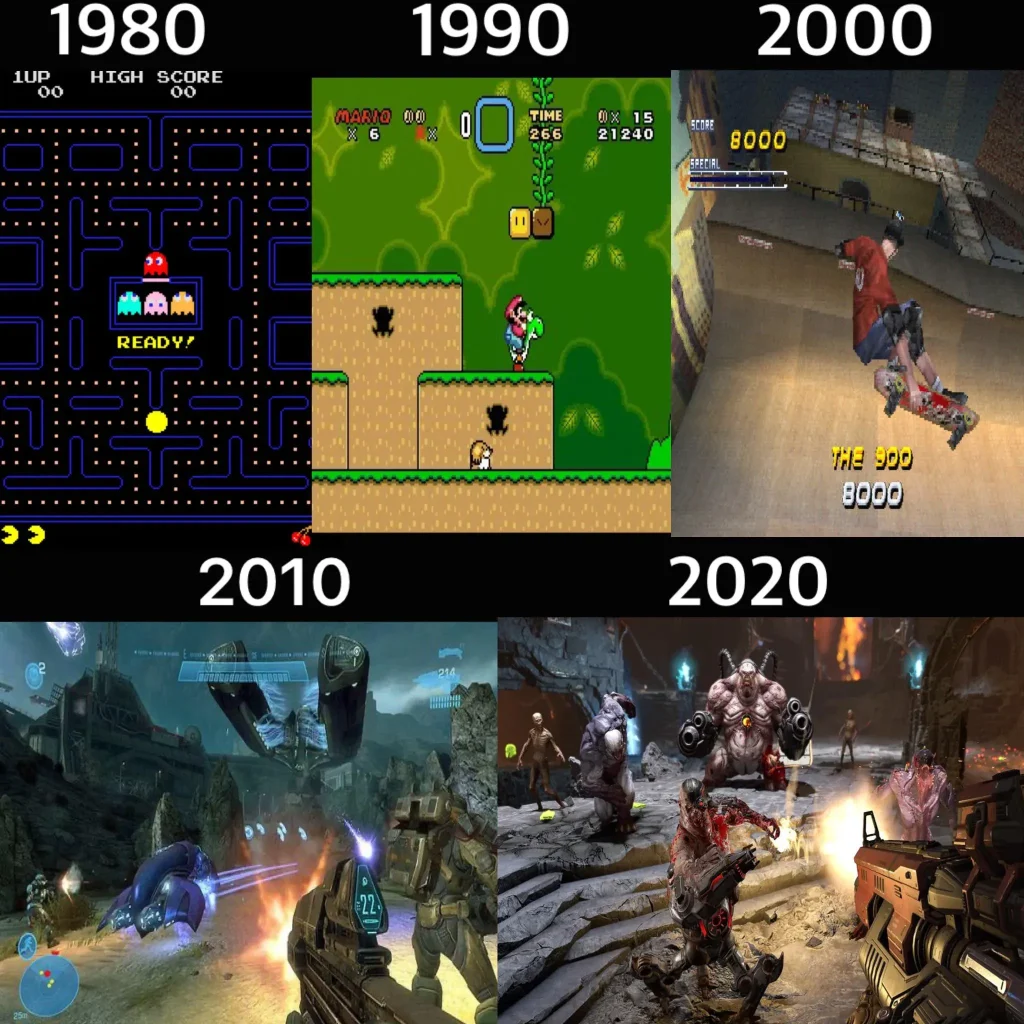Future of gaming trends are reshaping how stories are imagined, funded, and shared with players around the world. As cloud gaming expands, high-end experiences become accessible on phones, laptops, and smart TVs, reducing hardware barriers for a wider audience and empowering gamers to switch devices mid-session. AI-driven tools are accelerating content creation, enabling dynamic quests and adaptive storytelling that respond to player choices, while helping small studios compete with larger teams. The shift toward cross-platform play, live services, and data-informed design mirrors a broader ecosystem that shapes publishers and developers, encouraging more frequent updates and meaningful community feedback. For players and creators alike, the coming years promise more accessible experiences, richer worlds, and opportunities to co-create with studios and communities, transforming how we discover, discuss, and invest in new games.
In other words, the next chapter of interactive entertainment will be defined by smarter machines, scalable streaming, and cross-device play. Developers are exploring new business models, such as live services and creator-driven ecosystems, to sustain engagement beyond a single launch. User experiences are becoming more social, with persistent worlds and hybrid realities that fuse digital and physical play. As these shifts continue, studios and platforms that listen to players while balancing accessibility and quality stand to thrive.
Future of gaming trends: AI-driven design, cross-platform ecosystems, and smarter worlds
AI in gaming is moving from scripted NPC routines toward the core engine of creativity. In the near future, AI will assist developers with content generation, world-building, character dialogue, and quest design, enabling procedural generation, adaptive storytelling, and dynamic difficulty. This shift is a central pillar of the Future of gaming and reflects broader gaming industry trends toward smarter tools that empower teams of all sizes. For players, AI-powered systems promise more responsive worlds that feel alive without ballooning production timelines.
Cloud infrastructure and edge computing will enable cross-device experiences and streaming updates, pushing the industry toward cloud gaming as a mainstream distribution path. As latency and bandwidth constraints improve with 5G and smarter edge networks, players can start a session on a phone and seamlessly continue on a PC or TV, which broadens access and unlocks new monetization models rooted in streaming. These capabilities are integral to the gaming industry trends and underscore the significance of the Future of gaming trends.
Cloud gaming, VR and AR in gaming, and inclusive design shaping the gaming industry
Cloud gaming continues to reshape access by reducing hardware barriers and enabling play across a wider range of devices. This aligns with gaming industry trends, as players can launch titles on one device and pick up where they left off on another without heavy downloads. This cross-device flexibility supports broader participation and expands the potential audience, reinforcing the idea that the Future of gaming includes platform-agnostic experiences.
VR and AR in gaming are maturing from novelty to mainstream tools for social, educational, and fitness experiences. To reach broad adoption, developers need varied, accessible content and comfortable hardware that works with mobile and mixed-reality ecosystems. When paired with cloud capabilities and cross-platform features, VR/AR experiences can blend digital and real-world activities with depth and immersion, underscoring ongoing gaming industry trends toward inclusive, multi-sensory experiences.
Frequently Asked Questions
What role will AI in gaming play in the Future of gaming trends?
AI in gaming is set to be a core driver of the Future of gaming trends. Developers will use AI for content generation, procedural world-building, and dynamic dialogue, enabling larger, more varied game worlds without proportional increases in time or cost. For players, this means smarter, more responsive worlds and personalized quests; for creators, AI accelerates prototyping and iteration. As with any technology, studios should balance player agency with algorithmic guidance and ensure accessible experiences for all.
Why is cloud gaming central to the Future of gaming trends and what should players expect?
Cloud gaming is central to the Future of gaming trends by lowering hardware barriers and enabling seamless play across devices. Players can start on a phone, then continue on a PC or TV, with developers able to push updates quickly and reach broader audiences. Challenges remain, including latency, bandwidth needs, and edge-network reliability, but advances in 5G and edge computing are easing these issues and enabling new monetization models tied to streaming. As part of the broader VR and AR in gaming and cross-platform strategies, cloud gaming expands accessibility while reshaping how we experience games.
| Theme | What it Means | Impact / Beneficiaries | Notes |
|---|---|---|---|
| AI in gaming | AI assists content generation, world-building, character dialogue, quest design; procedural generation; adaptive storytelling; dynamic difficulty | Developers and players | Raises ethical and accessibility questions; balancing player agency with algorithmic guidance |
| Cloud gaming and access | Streaming to phones, tablets, laptops, and TVs; reduced hardware barriers; device-agnostic play | Players; developers; broader audiences | Latency and bandwidth challenges; edge networks and monetization shifts |
| VR and AR | Immersive experiences with more comfortable hardware; social features | Wider audiences; social and educational uses | Need varied content beyond AAA; hybrid mixed-reality experiences |
| Cross-platform play | Cross-save, unified accounts; play across devices | Larger engaged audiences; consistency for players | Data privacy, security, fair progression |
| Live services and seasons | Ongoing content, seasonal events, continuous community engagement | Longer game lifespans; evolving economies | Need robust pipelines, transparent monetization and cadence |
| Mobile, indie, democratization | Growth of mobile gaming; bite-sized but deep experiences; indie tooling | Diversified voices; larger creative output | Cloud streaming and hybrid monetization models |
| Accessibility and ethics | Inclusive design; assistive tech; localization; AI ethics | Broader audiences; responsible monetization | Localization and ongoing accessibility improvements |
| Esports, streaming, creator economy | Better broadcast tech; engaging spectator experiences; UGC and mods | New revenue streams; community-driven opportunities | IP considerations; platform cooperation |
| What this means for players and developers | Players gain accessible entry, richer social experiences, and more personalized play; developers gain broader platforms and tighter player collaboration | More aligned experiences and sustainable growth for both sides | Maintain balance between innovation, accessibility, and quality |
Summary
Conclusion



